If you plan to live in a camper but don't want to rely on electrical hookups or loud generators, it's essential to invest in a solar generator that keeps your appliances powered on the road. However, before you select a solar generator, you may be wondering, "How much solar power do I need for my camper?" While there is no one-size-fits-all solution, as the solar generator's capacity will depend on the power consumption of the camper's appliances, a solar generator with a 1kWh to 3kWh capacity is generally sufficient to power essential appliances.
Depending on your power needs, you can consider investing in the right size of solar power system for campers. Jackery Solar Generators are powerful RV generators that provide steady electricity to your essential camper's appliances. These solar generators can help you keep the refrigerator, electric stoves, ACs, lights, and other camper appliances running without any noise or fumes. This comprehensive guide explains how to calculate your camper's energy requirements, taking into account factors such as camper type, location, and more.
Key Takeaways
- On average, a solar generator with a 1kWh - 2kWh capacity is enough to run essential camper appliances for hours.
- In order to calculate how much solar power you need for your camper, list the appliances along with the runtime per day to calculate the total power consumption.
- The battery bank for campers will depend on the solar input per day and location.
- Jackery Solar Generators are robust RV generators capable of powering most outdoor appliances, including refrigerators, lights, and air conditioners.
Understanding Camper Energy Needs
Before you select the right size generator for the trip, you need to calculate, "How much power do I need for my camper?" To do this, start by listing the camper appliances and how many hours you plan to use each one. Multiply the wattage and running time to get the average power consumption required per day.
Common Power Consumption in Campers
Most campers support most standard appliances, such as LED lights, a fridge, a cooktop, a flatscreen TV, a microwave, an air-con, and even a washing machine. While TVs and LED lights draw relatively low power, other appliances such as coffee machines, hairdryers, and microwaves draw high power.
|
Camper Appliances |
Wattage Consumption |
Running Time |
Average Daily Consumption |
|
LED Light |
10W |
5H |
50Wh |
|
Fridge |
200W |
8H |
1600Wh |
|
Cooktop |
800W |
1H |
800Wh |
|
Flatscreen TV |
150W |
5H |
750Wh |
|
Microwave |
500W |
1H |
500Wh |
|
AC |
500W |
3H |
1500Wh |
|
Washing Machine |
1000W |
1H |
1000Wh |
How to Calculate Solar Power for Your Camper
The exact answer to "How much solar power do I need for my camper?" will depend on the appliances you want to use in the camper and their running time. Here's a step-by-step guide to figuring out the solar power requirements for your camper:
Step 1: List All the Camper Appliances
Make a list of all appliances that you want to use in the camper, along with how many hours you expect to run them per day. For example, if you're going to run an LED TV (50W) for 5 hours per day, it will be 250Wh of power consumption per day.
Step 2: Add the Total Camper Power Consumption
Multiply the appliance wattage consumption by the runtime, and then add all the power consumptions (in watt-hours). This will help you get the total power consumption of the camper per day.
Step 3: Choose the Right Size Solar Setup
Now that you've calculated the daily power consumption, divide the daily camper power needs by the peak sun hours.
Formula:
[Total Daily Load (Wh) × 1.3 Efficiency Buffer] ÷ Sun Hours
Remember, no solar power supply system is 100% efficient. Hence, it's better to add a small buffer to the total power needed to cover the system inefficiencies.
Example:
(500Wh × 1.3) ÷ 5H = 130W solar panel system
In this case, a 200-watt RV solar panel would be sufficient to meet your camper's power needs (500Wh). However, the solar panels for RVs will only work during the day, so make sure to consider investing in a solar battery backup system to store the excess electricity to power appliances anytime you need.
Camper Types and Solar Panel Sizing
The type of camper you own will also determine the size of solar panels for the RV roof you need. Here's a table comparing the solar panel systems required for different solar-powered RV or camper types:
|
Camper Type |
Estimated Daily Load |
Recommended Solar System Size |
|
Class A Motorhomes |
6000-8000W |
9000-watt |
|
Class B and C Motorhomes |
4000-5000W |
7500-watt |
|
Fifth Wheel Travel Trailers |
3000-5000W |
6000-watt |
|
Truck Campers |
1000-2000W |
3000-watt |
|
Teardrop Trailers |
400-800W |
1500-watt |
You can also read the detailed guide about “how big of a generator do i need for my camper” to size the solar generator for your camper’s needs.
Choosing the Right Battery Bank for Your Camper
While the solar panels for motorhomes can convert sunlight into electricity, the battery backup for campers stores the generated electricity for later use. In order to choose the right battery bank for the camper, you need to start by calculating the daily energy usage. It's always a good idea to choose a battery bank with at least 1.5 to 2 times your daily power needs.
|
Panel Size |
Battery Bank Size |
Runtime Coverage |
|
100W |
500Wh |
Light usage |
|
200W |
1000Wh |
Moderate usage |
|
400W |
2000Wh |
Heavy usage |
|
500W |
3000Wh |
Long off-grid trips |
How Location Affects Camper Solar Power Output
Location can significantly impact a camper's solar power output, primarily due to various factors such as cloud cover, shading, and latitude. Southern states, such as Arizona, Nevada, and New Mexico, receive high sunlight exposure, whereas northern and coastal areas, like New York or Michigan, may only receive 2-4 sun hours. Here's a table that reveals the peak sun hours by US region:
|
State |
Peak Sun Hours |
State |
Peak Sun Hours |
|
Alabama |
3.5 – 4 |
Louisiana |
4 – 4.5 |
|
Alaska |
2 – 3 |
Maine |
3 – 3.5 |
|
Arizona |
7 – 8 |
Maryland |
3 – 4 |
|
Arkansas |
3.5 – 4 |
Massachusetts |
3.5 – 4.5 |
|
California |
5 - 7.5 |
Michigan |
4 |
|
Colorado |
5 – 6.5 |
Minnesota |
4 |
|
Connecticut |
4 – 4.5 |
Mississippi |
4 – 4.5 |
|
Florida |
4 – 4.5 |
Missouri |
4 – 4.5 |
|
Georgia |
4 – 4.5 |
Montana |
4 – 5 |
|
Illinois |
3 – 4 |
Nebraska |
4.5 – 5 |
|
Indiana |
2.5 – 4 |
Nevada |
6 – 7.5 |
|
Iowa |
4 |
New Hampshire |
3 – 3.5 |
|
Kansas |
4 – 5.5 |
New Jersey |
3.5 – 4 |
|
Kentucky |
3 – 4 |
New Mexico |
6 – 7 |
|
Texas |
4 – 5 |
Washington |
3 – 3.5 |
Note: These figures are based on the average and may differ depending on the season and weather conditions.
Jackery Solar Generators for Campers
Living in a camper means preparing yourself for off-grid adventures and investing in a solar generator that can power camper appliances without relying on electric outlets. Jackery is a leading global brand that manufactures portable solar generators, solar panels, and power stations. The Jackery Solar Generators feature a sturdy handle to ensure easy movement anywhere you go. Here are some of the solar-powered generators that can keep camper appliances powered during off-grid adventures:
Jakery Solar Generator 1000 Plus Roam Kit
The Jackery Solar Generator 1000 Plus Roam Kit is a portable and robust RV generator that can supply steady electricity to essential camper appliances. The Jackery SolarSaga 100 Prime Solar Panels in the bundle can be easily installed on the camper rooftop to ensure sunlight absorption on the move. The portable power station features a foldable handle and ergonomic design to ensure easy transportation in and out of the camper.
Appliances Running Time
- Fridge (200W) = 4.8H
- Electric Grill (800W) = 1.3H
- Microwave (500W) = 2.0H
- Portable AC (500W) = 2.0H
- TV (150W) = 6.2H

Customer Review
"I charged up the Jackery in a little more than an hour to 100%. I plugged in my new 12-volt fridge to see how much energy it would take. After 12 hours, the Jackery was still at 95%. I am very pleased and believe this will make travel and camping so much easier and more enjoyable." — Lea Curtis.
Jackery Solar Generator 2000 Plus
If you plan to live full-time in an RV, you will need a larger solar-powered generator, such as the Jackery Solar Generator 2000 Plus. It features a large capacity combined with a foldable handle for easy portability. It operates by emitting only 30dB of noise, which is as quiet as a library, allowing you to enjoy sleep or watch TV in a peaceful environment. It has an expandable battery capacity that can be expanded up to 24 kWh with the add-on packs.
Appliances Running Time
- Fridge (200W) = 7.7H
- Electric Grill (800W) = 2.0H
- Microwave (500W) = 3.2H
- Portable AC (500W) = 3.2H
- TV (150W) = 10.0H

Customer Review
"I went off the grid with it, and we love it. We live in a camper and power up everything for at least 2 days without charging but using everything, so I'm very happy that we got it. We have a small jackery that we relied on, but now we have no problem with power." — Marcin Powichrowski.
FAQs
How much power does an RV consume?
An RV consumes around 4 kWh - 15 kWh of electricity per day. However, the RV's power consumption will depend on the size of the RV, the number and type of appliances used, and the number of hours they are in operation.
How does the weather affect solar energy production?
Weather can affect the amount of sunlight that reaches the van’s solar panels. For example, sunny days usually allow maximum electricity production, whereas cloudy days reduce sunlight and efficiency.
How should I set up my RV camper trailer with solar power?
Setting up a solar power system for an RV, camper, or trailer involves connecting the solar panels with a battery backup. You will need to estimate the RV power consumption needs, choose the appropriate components, and install them safely.
Is 200W solar enough for a camper?
A 200-watt solar panel is generally enough for a small RV or campervan with limited energy requirements during weekend trips. It can power some small appliances, such as laptops and TVs. However, it may not be sufficient for a full-time camper life or high-wattage appliances.
Conclusion
When it comes to answering, "How much solar power do I need for my camper?" it really comes down to your lifestyle. Think about what you use daily, how long you're off-grid, and where you usually travel. If you only need to run a couple of small appliances and LED lights, you can consider investing in a small solar generator for camping.
However, running a fridge, fan, and charging gear daily requires more panels and a solid battery backup. If you're looking for a simple, portable setup without the hassle of wiring everything yourself, Jackery Solar Generators are a solid option. These portable solar-powered generators can power camper appliances, such as refrigerators, lights, and air conditioners, for a comfortable trip.

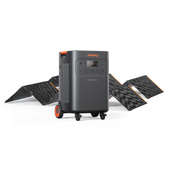
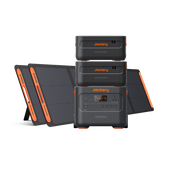
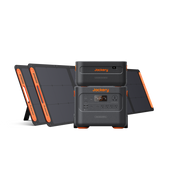

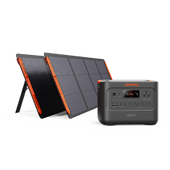

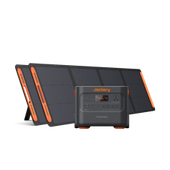
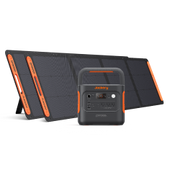

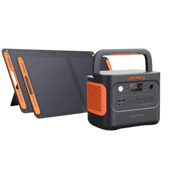
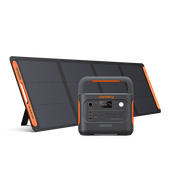
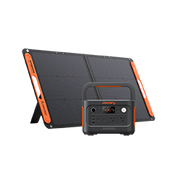

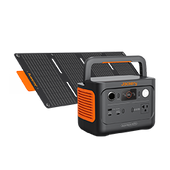
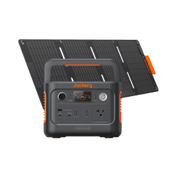
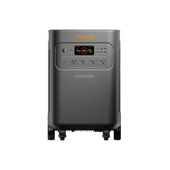


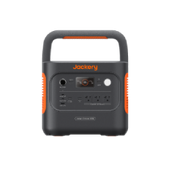
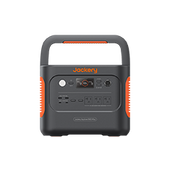
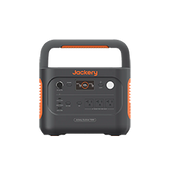
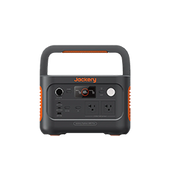
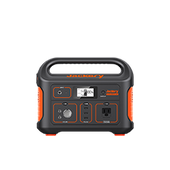
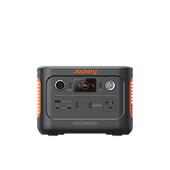

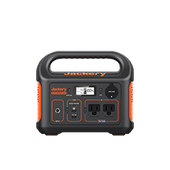
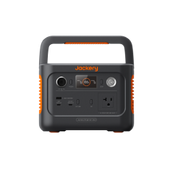
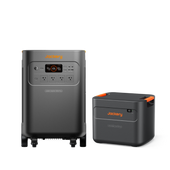
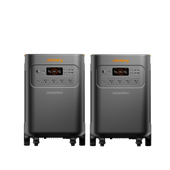
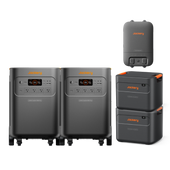
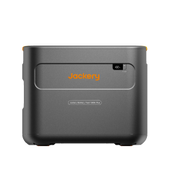
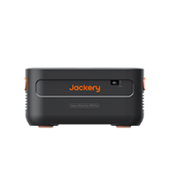
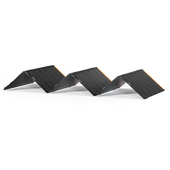
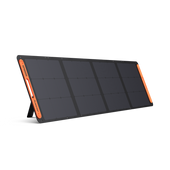
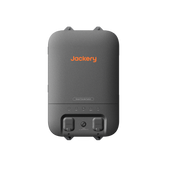
![[Add-on] Jackery Manual Transfer Switch for Explorer 5000 Plus](http://www.jackery.com/cdn/shop/files/800x800-2_5b90d3ab-246e-4679-affe-e7c6949f9c27.png?v=1744356904&width=170)
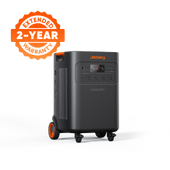
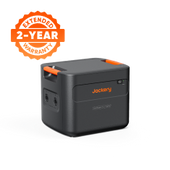
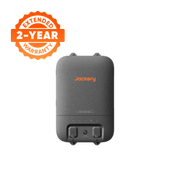
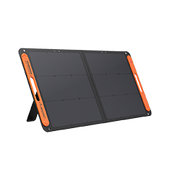
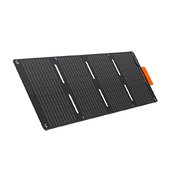
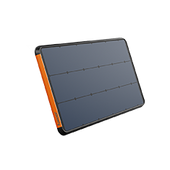
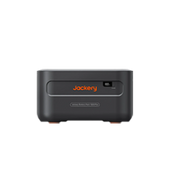

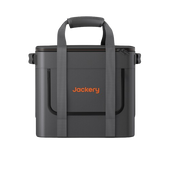

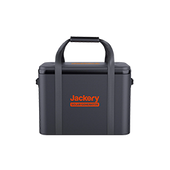

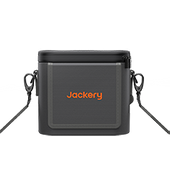
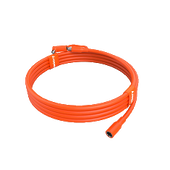

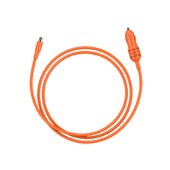

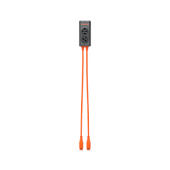

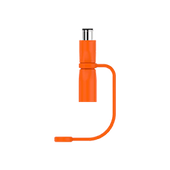
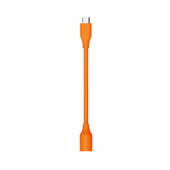
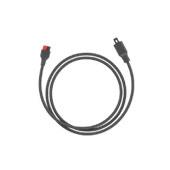
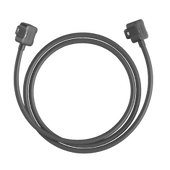
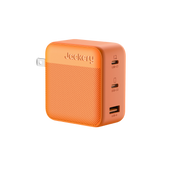
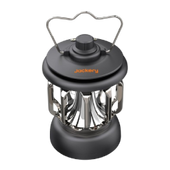


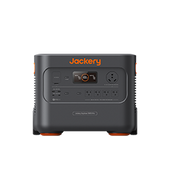

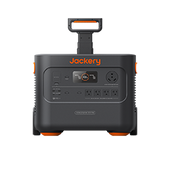
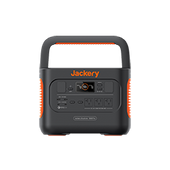
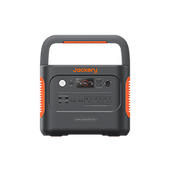
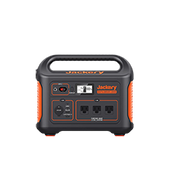
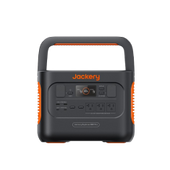
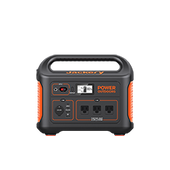
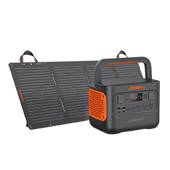
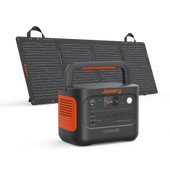
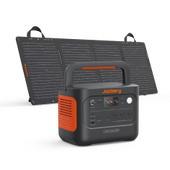
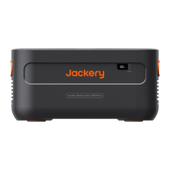
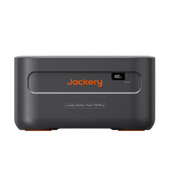


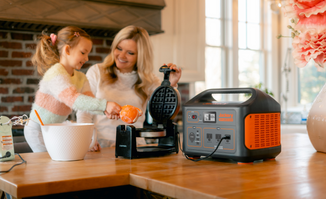
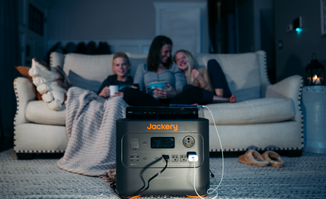

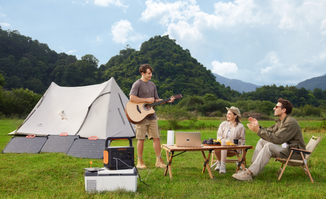
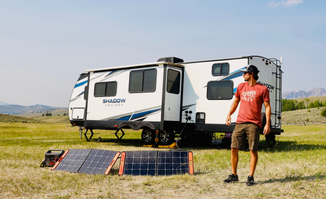


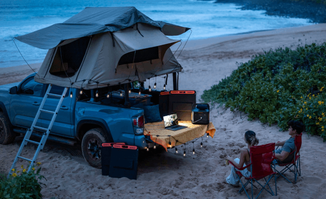
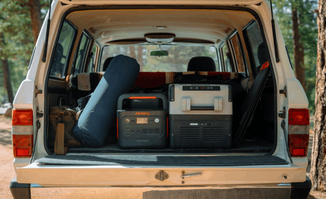




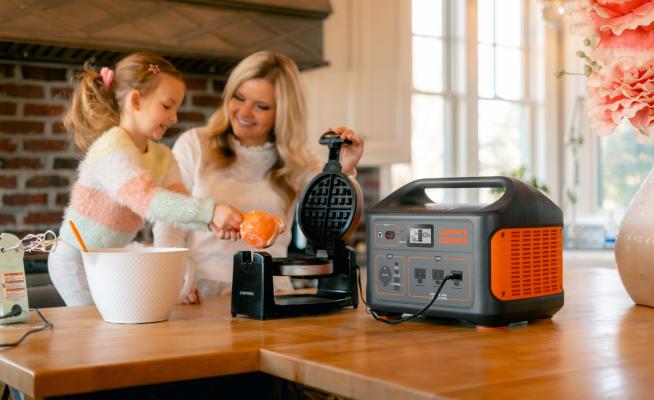
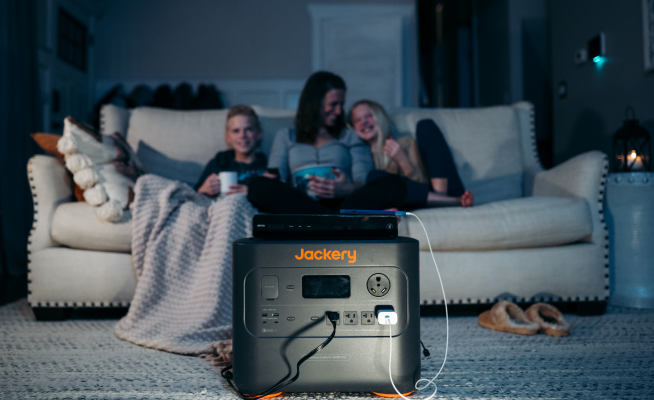
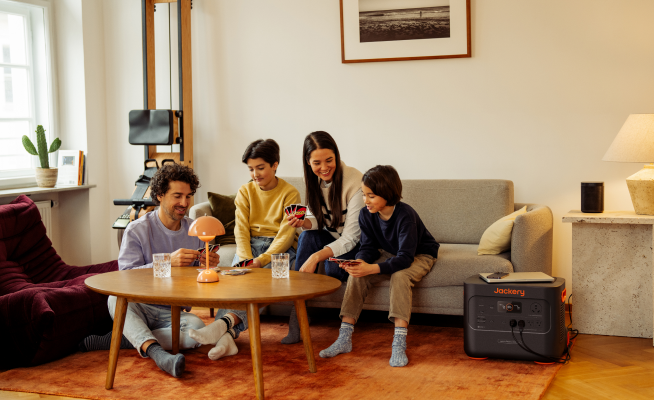

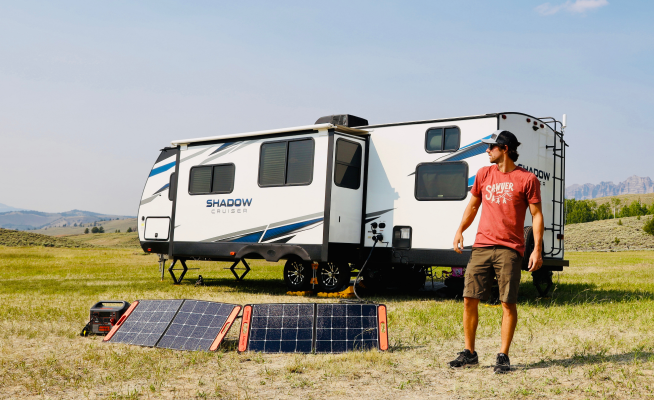
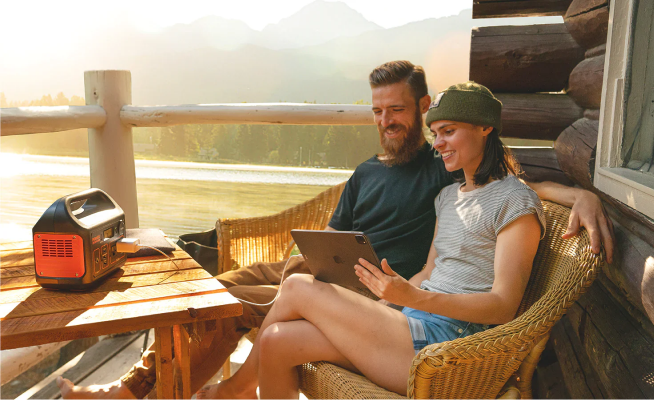
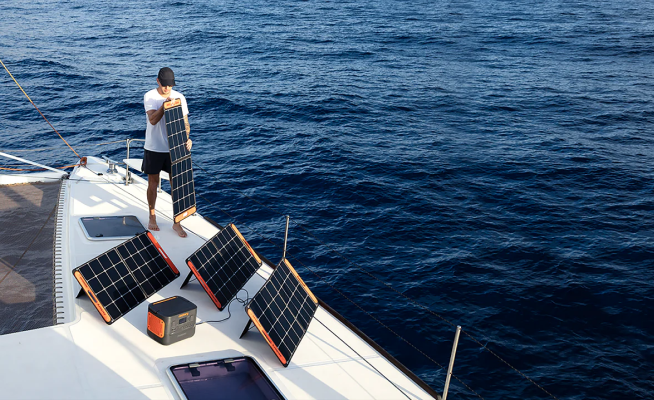
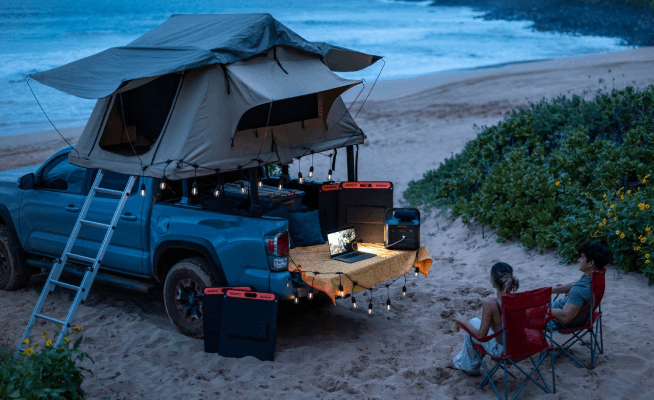
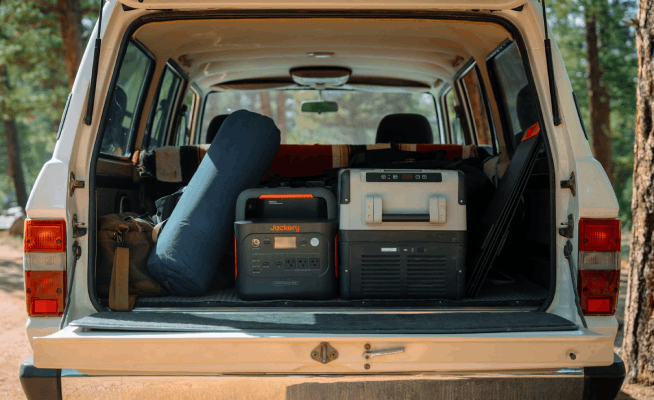

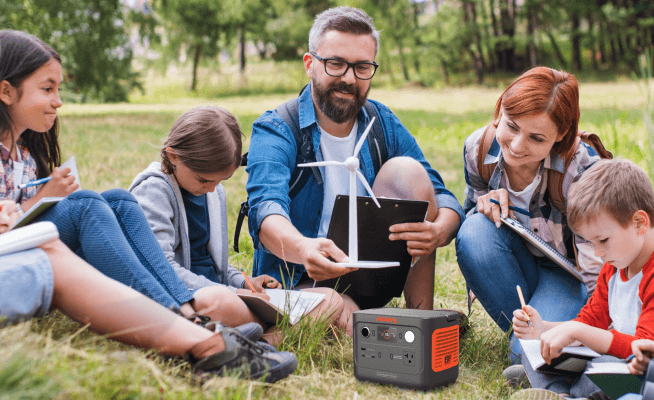
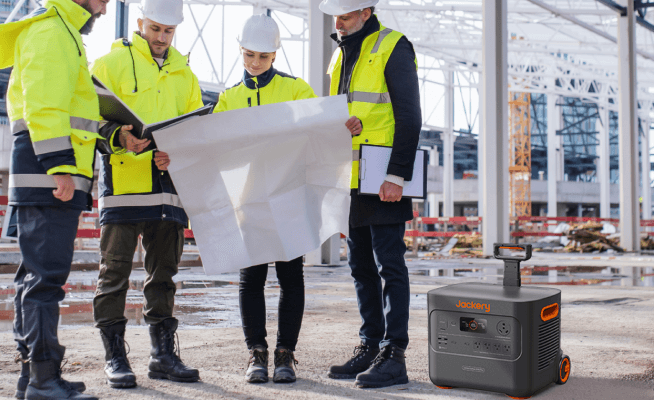












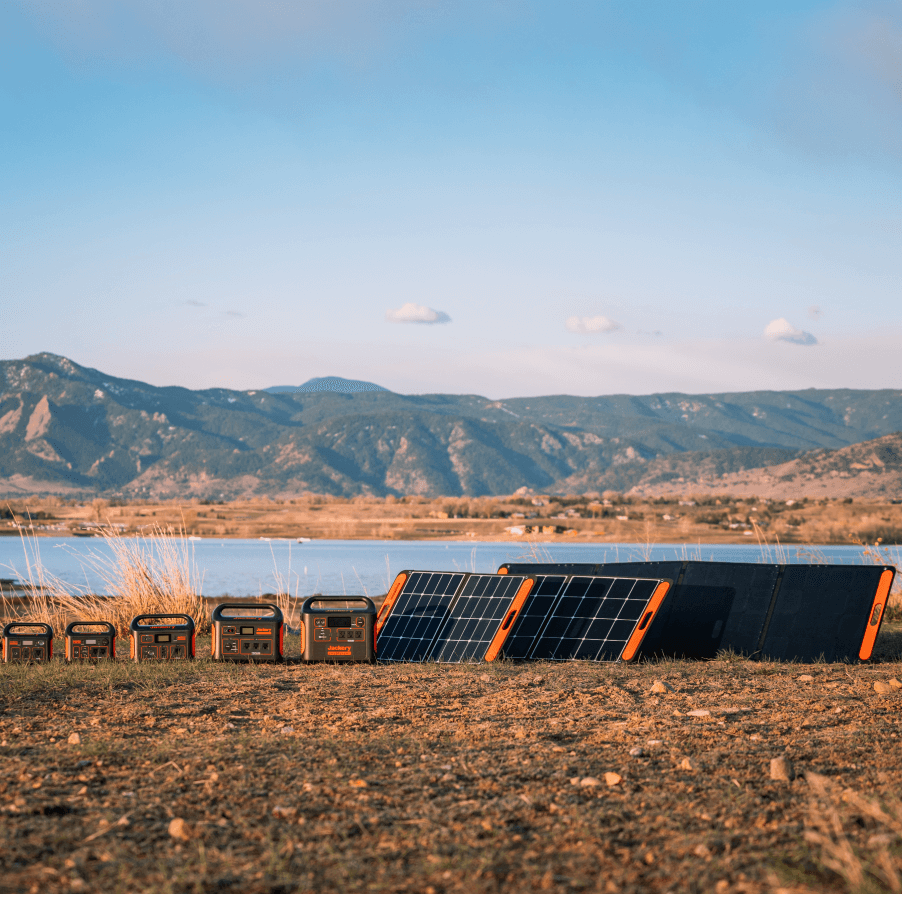

Leave a comment